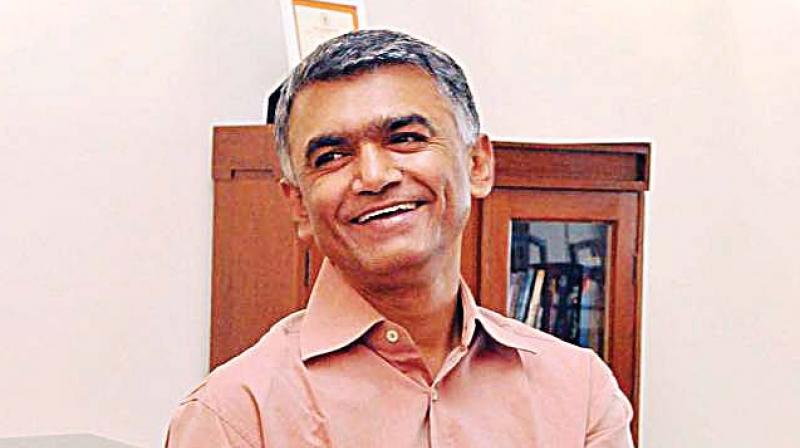Karnataka: Ragi in mid-day meal a good move, say experts

Bengaluru: Experts and NGOs have welcomed Agriculture Minister Krishna Byregowda’s move to provide millet-based food to children in anganwadis.Millets like ragi have a very high content of protein, iron and calcium, they point out, and are far better food than rice or upma currently supplied in anganwadis, they added.
“It is very good move. At last, the government seems to have woken up to the crying need for providing cheap, high protein food to children,” said P Vasu, trustee of Soil, an NGO that promotes organic agriculture and improving soil health.
Millets, considered coarse grains, are dryland crops that are high in protein, iron and calcium. The main Indian millets include finger millet (ragi), sorghum (jowar), pearl millet (bajra), foxtail millet, kodo millet and proso millet.
“Ragi also has Essential Amino Acids (EAA) which are essential for human body, such as Valine, Methionine, Isoleucine, Threonine and Tryptophan. It also has Niacin, Thiamin and Riboflavin that are boost growth in children,” said Vasu.
Ragi is also low in fat and ideal food for diabetics. M.V.N. Rao, Executive Director of Grama Vikas, an NGO that has promoted sustainable agriculture, has expressed happiness over the government’s move to promote ragi.
“This is the ideal food for children. For years, ragi has been touted as poor man’s food, but of late even the upper strata have recognised its beneficial qualities,” he said.
But Rao wants the government to also provide incentives for ragi cultivation. “Right now, there is no surplus of ragi, as there is no price support for it unlike in the case of rice and wheat. And given the increasing rain deficit, and the looming irrigation crisis, it should be promoted in dry land agriculture,” he said. According to him, ragi needs just a couple of spells of good rain to grow, while Indian farmers, used to wasteful irrigation practices, waste enormous amounts of precious water in growing rice. Even in dry agro zones like in Kolar, farmers have been encouraged to grow sugarcane and paddy, which are water-intensive crops, rather than ragi, which is most suited to the climate,” Rao said. With the state reeling under four successive droughts, it is time that the government promoted the use of ragi and provided incentives for its cultivation.

